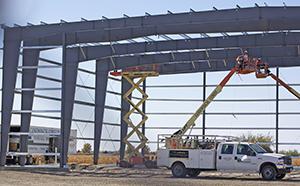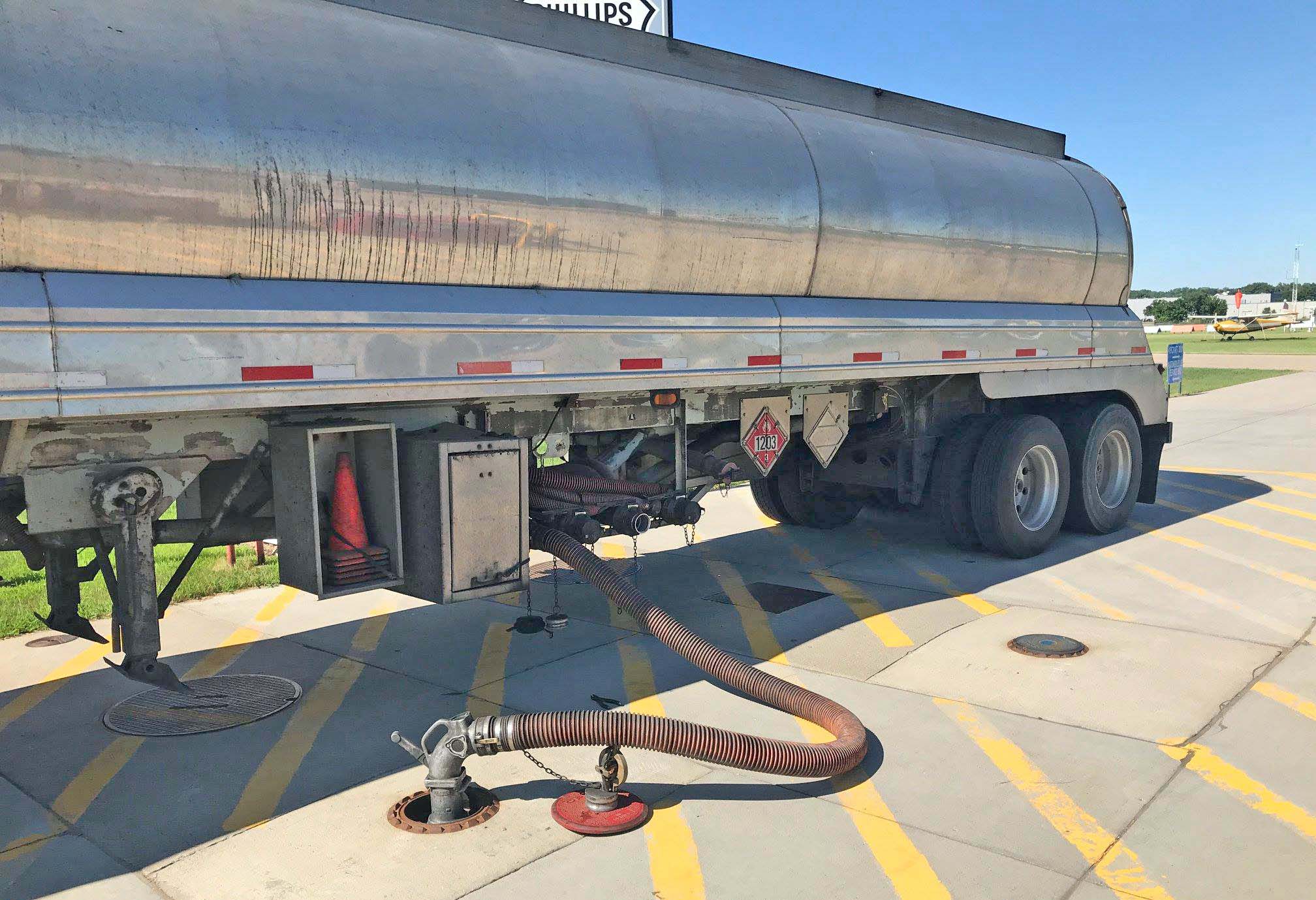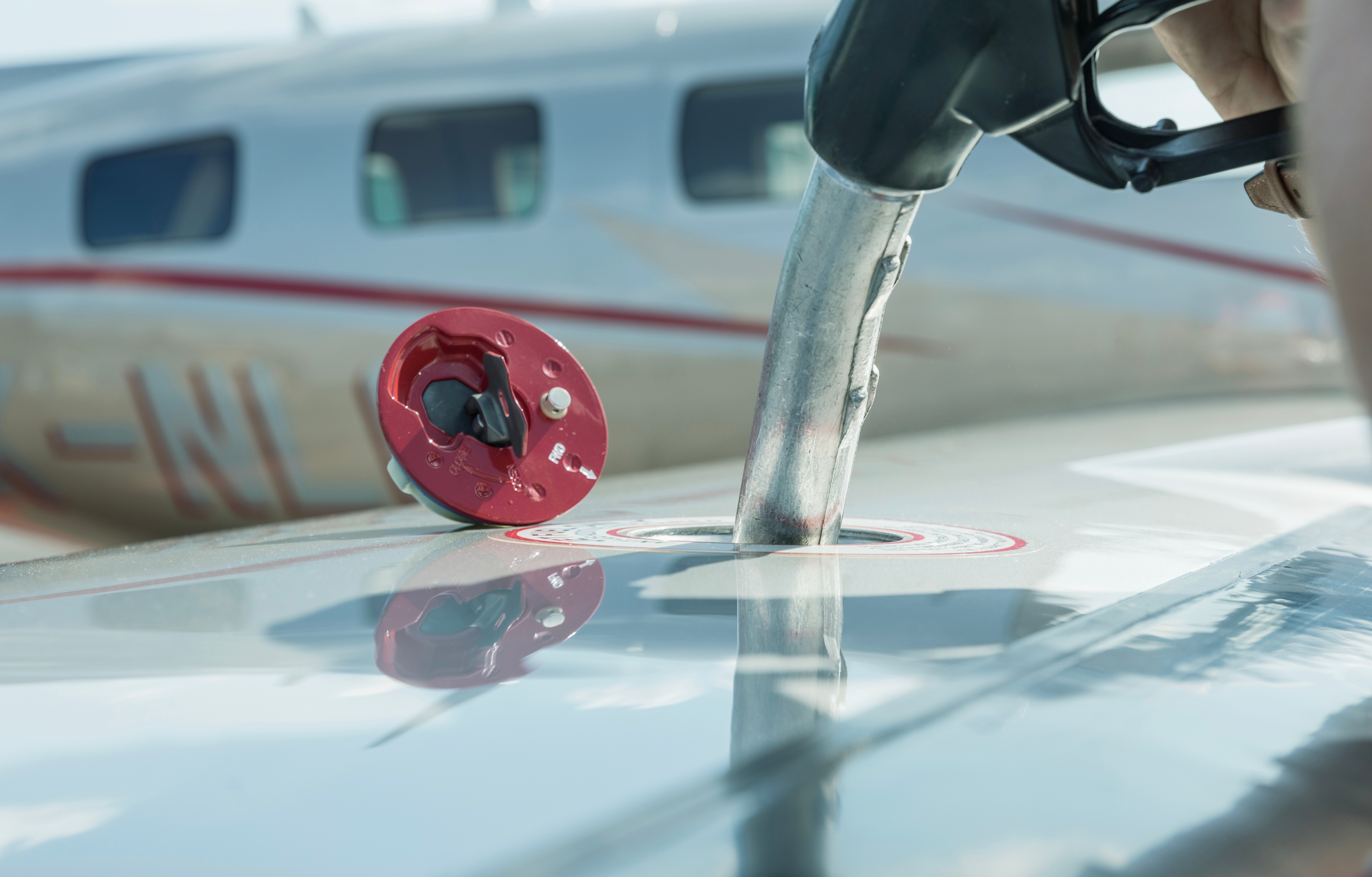
What’s the difference between a T-hangar and a box hangar? What are typical lease rates? What funding options are available for constructing a new hangar? These and other questions were addressed at the October 15 Airports 101 webinar on hangar fundamentals, which featured airport consultant Darren Christopher with RS&H, airport manager Quinten Anderson of Carlton County's Cloquet and Moose Lake airports, and Brian Conklin with the MnDOT Office of Aeronautics.
Leasing and maintenance
The two most common types of hangars at Minnesota’s general aviation airports are T-hangars and box hangars. Box hangars hold multiple aircraft and are often heated. T-hangars are built in a row but have separate spaces for each plane; sometimes also called “nested hangars,” they are configured to optimize space. Another advantage of T-hangars is that aircraft are separated by walls, so there’s less danger of “hangar rash” (e.g., minor damage to aircraft from ground contact with other aircraft). At Cloquet and Moose Lake, Anderson says he has more demand for T-hangar space, and both airports currently have a waiting list.
Current rates are about 12 cents per sq. ft. for a T-hangar unit and 8 cents per sq. ft. for multi-plane storage units. This equates to about $150 a month for a T-hangar—half the price of comparable off-airport storage in the area, he said.
The Cloquet airport spends roughly $2,000 a year on hangar maintenance; inspections are what Anderson devotes the most time to. For those, he has created his own checklist, but he noted there are others online. He’s found that inspecting cables every two months is sufficient for identifying fraying or bad cables. He also looks for safety issues, such as hangar tenants storing hazardous materials or non-aeronautical items, such as campers or boats, in a hangar. “It’s for aeronautical use, so we want to make sure it’s used for that,” he said.
He’s not hired out any hangar-related duties yet, he said, but he may consider doing so if the airport continues to expand. For example, it may make sense to have service contracts for inspections, at least every two or three years, which might “see something that I’ve missed,” he said. While the airport hires out structural repairs such as welding or major electrical jobs, Anderson maintains the hangar roofs by replacing shingles and making other repairs.
Hangar funding options
“There’s a lot of need at airports for hangars, but there's not a lot of funding available for hangars to cover all the needs right now,” Christopher said. He and Anderson encouraged airports to think creatively when it comes to funding options. Cloquet, for example, received a $1.2 million grant from the US Department of Commerce’s Economic Development Administration to be used for hangar office space. Other options include FAA entitlements if a non-Part 139 airport’s other airfield needs are met. Airports can also apply for a DEED grant under a new program that provides a 50-50 match up to $250,000, Christopher said. “The [MnDOT] Aeronautics Office is always a great partner, but you have to plan well ahead because everybody's planning pretty far out … and trying to anticipate what may or may not happen with the pandemic and funding and cold revenue collections,” he said.
Finally, Minnesota’s Hangar Loan Program provides loans for constructing new hangar facilities, at up to 80% of the actual construction costs. Brian Conklin with the MnDOT Office of Aeronautics explained that the program was established by Minnesota statute 360.305, which in 1957 set aside $4.4 million toward increasing the number of hangars available for the growing aviation public.
The hangar loan agreement obligates an airport to own and maintain the hangar for a minimum of 20 years and requires the hangar to be used for storing aircraft. The payback period of the no-interest loan is 20 years. To be eligible, the airport must be publicly owned, licensed, identified in the state system of airports, and properly zoned (or in the process of zoning to bring it up to current zoning requirements). The first step in applying for a loan is to include the hangar construction on the airport’s Capital Improvement Plan. An airport sponsor must submit a request letter on city letterhead, officially signed and dated, along with a simple drawing with basic dimensions and the intended aircraft storage layout. Along with this, the location needs to be shown on the approved airport layout plan. The request letter must include an estimated cost break out to include the cost of the building itself (including the engineering) and the cost of site prep.
Conklin noted that this type of planning would require assistance from an engineering consultant experience in the field. If an airport does not have a consultant, the Aeronautics Office can provide some guidance toward hiring one.
According to Conklin, 75 communities have utilized 209 loans to build 1118 storage hangers since the first loan was issued in 1959. Currently, there are about 10 active airport hangar loans.
Currently, the $4 million for the program is fully committed, Conklin said. But an airport wanting to apply for a loan should still submit a request. “Then we can show the legislature that we have all this demand but not enough money,” he said. “So we can make the case that we need more money for the hangar loan fund.”


